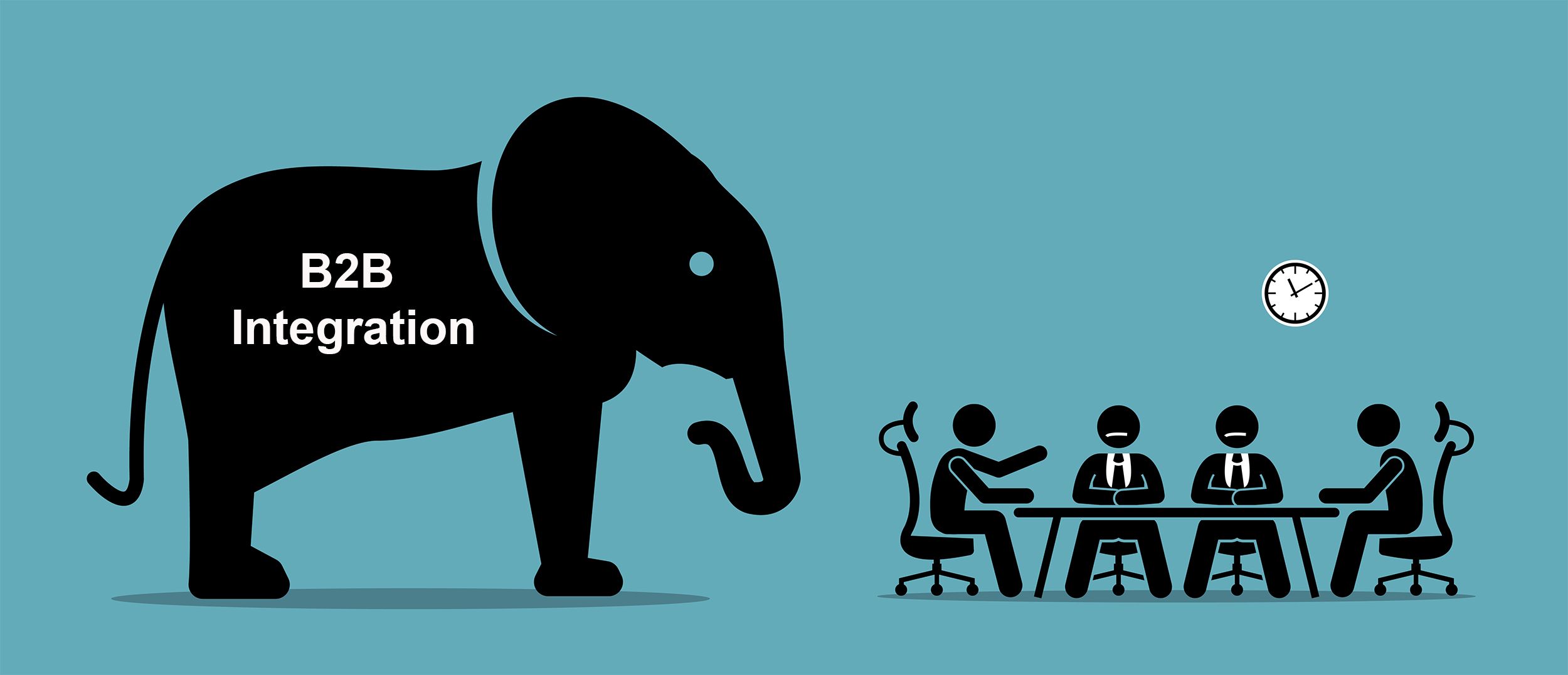How B2B-Led Cloud Integration Will Solve Your Integration Issues

The problem with run-of-the-mill integration technology is that it’s not as flexible or as user-friendly as B2B-led cloud integration technology. What we mean by that, of course, is that traditional B2B integration solutions often are not designed for a great user experience. They are designed to do the technical heavy lifting around B2B data exchanges, and they might rightly execute those critical responsibilities.
But today’s enterprises have a greater thirst for how their critical data flows fit into the broader context of the business and demand so much more. Here are 10 ways your current integration technology is failing you and your business:
- It’s intimidating: Too many integration solutions are riddled with detailed technical language around EDI formats, data communication protocols, and a lot of these products require a specific skillset to log in. A smarter technology surfaces the relevant content that people can actually interact with.
- It’s inefficient: B2B integration is hard, and that too often means that B2B integration technology is difficult to set up and manage. Additionally, with business ecosystems pushing thousands or even millions of transactions a day, an integration solution should provide the relevant actionable information you’re looking for when you’re only looking for, say, one or two specific transactions.
- It lacks business content: Integration software often focuses more on the technical details than the value it can bring to a business. If you know more about business aspects of your EDI – whether it’s a large order, an important customer, or even new customer that you want to make sure gets a great onboarding experience – the better you can understand the business impact of the overall B2B process.
- It gives poor business context: A strong B2B-led cloud integration platform delivers context, including when an EDI order is part of a larger business process that also includes related acknowledgments, change orders shipping, invoicing, and other important files. Too many discount solutions only enable users the ability to look at documents individually and outside the context of the process.
- It’s opaque: The lack of visibility into issue identification and resolution process can frustrate even the most patient of users. Modern integration technology is about enhanced communication transparency, where the user can drill into a document, see an error, and communicate with the support team, all within the context of a message. This provides a highly visible, important way for people to be part of their integration process.
- It has limited business controls: Integration technology often comes up short in providing relevant controls for the people outside IT who may need access. In a managed service model, a vendor handles the heavy lifting, but there are still people’s jobs who depend on making everything work at a level that keeps the business successful. So, it’s important that a B2B integration vendor delivers very precise control of the views that matter to the business. At the same time, it’s not just read-only access; they get a “captain’s wheel” so they also can react, prioritize, and respond.
- It lacks collaboration tools: There’s a distinct lack of tools to collaborate on onboarding and issue resolution; most standard integrations limit visibility to just transactions flowing in and out. What if you and a lucrative new partner could view the full onboarding process and know immediately when support is needed along the way? You’d likely develop a reputation as someone who’s easy to do business with.
- It delivers poor insights: Many solutions lack true insight into the business impact of an organization’s B2B transactions. A truly great B2B-led cloud integration solution bubbles up these insights about a business, showing not just how many files are going through the system, but how many orders, the amounts, order deviations, and so much more.
- It lacks rich interactions: Users are unable to choose what information they see and how they see it. Your integration provider must allow people to look at the big and small pictures, choose and customize reports for each.
- It lacks personalized content: A CEO will require a different reporting view than say, an EDI manager, who mostly needs to understand why data is or isn’t moving and not the more summarized, high-level business impact. Many integration tools fail to provide a range of content or visibility for different user roles.
These are the shortcomings with your standard integration solutions, but the tide is turning as B2B-led cloud integration organizations pave the way for better technology platforms. Businesses demand more of their B2B integration solutions and how they contribute to the greater good (value) of the business.
We’ll dive deeper into a number of these 10 topics over the next few weeks on the Cleo blog, so stay tuned to discover just how these gaps in your B2B integration technology are affecting your ability to do business and how innovative ecosystem integration offerings address these real-world needs.

About Cleo
